Solar Floodlights vs. Motion Sensors: Best Outdoor Solar Lighting Choice
Understanding Solar Lighting Technology
Solar lighting harnesses sunlight through photovoltaic panels, converting it into electricity stored in batteries for nighttime use. Both solar floodlights and motion sensor lights operate on this principle but differ in design and functionality. Solar floodlights provide consistent, wide-area illumination, ideal for large spaces like driveways or gardens. Conversely, motion sensor lights activate only when detecting movement, prioritizing energy conservation and security.
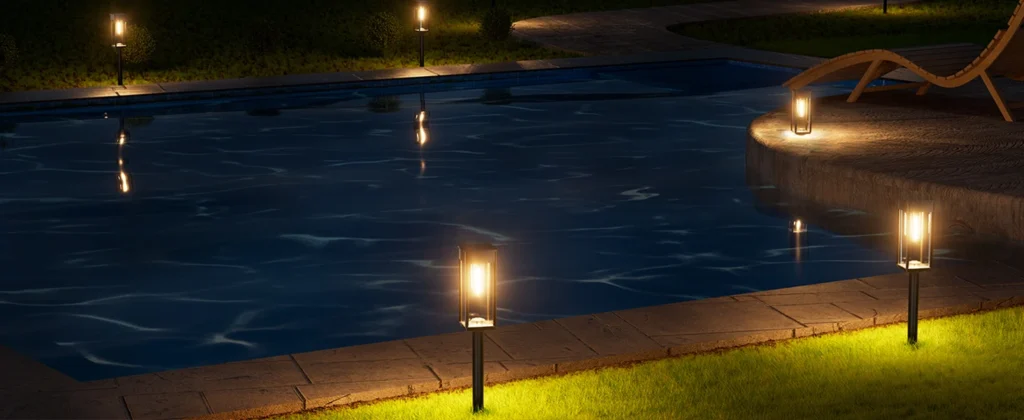
Key Components of Solar Lights
- Photovoltaic Panels: Capture sunlight to charge batteries.
- Battery Storage: Lithium-ion or LiFePO4 batteries store energy for reliable performance.
- LED Modules: Energy-efficient light sources with long lifespans.
- Control Systems: Manage light activation, brightness, and timing, especially in motion sensor lights.
Understanding these components helps evaluate the performance of solar floodlights and motion sensor lights in real-world scenarios.
Solar Floodlights: Features and Benefits
Solar floodlights are designed for continuous, high-intensity illumination, making them suitable for areas requiring steady lighting. Their robust output, typically ranging from 500 to 2000 lumens, ensures broad coverage, enhancing visibility and safety.
Advantages of Solar Floodlights
- Wide Coverage: Illuminate large areas like parking lots, backyards, or commercial premises.
- Consistent Lighting: Provide stable illumination throughout the night, ideal for aesthetic or safety purposes.
- Customizable Settings: Many models offer adjustable brightness and timers for tailored operation.
- Durability: Built to withstand harsh weather, with IP65 or higher ratings for water and dust resistance.
Ideal Applications
- Residential Use: Perfect for illuminating driveways, patios, or gardens for safety and ambiance.
- Commercial Use: Suited for warehouses, retail spaces, or signage requiring constant visibility.
- Recreational Areas: Enhance safety in parks or sports fields during evening hours.
For those seeking reliable, high-output lighting, explore options like solar floodlights for top-tier models with advanced features.
Motion Sensor Lights: Features and Benefits
Motion sensor lights prioritize energy efficiency by activating only when motion is detected, typically within a 5-10 meter range. Equipped with passive infrared (PIR) sensors, they conserve battery life while providing targeted illumination.
Advantages of Motion Sensor Lights
- Energy Efficiency: Reduce power consumption by activating only when needed, extending battery life.
- Enhanced Security: Sudden illumination deters intruders, making them ideal for home security.
- Low Maintenance: Minimal operation reduces wear on components, ensuring longevity.
- Versatile Modes: Many offer modes like dim-to-bright or off-to-on, adapting to user needs.
Ideal Applications
- Home Security: Perfect for entryways, garages, or backyards to deter unauthorized access.
- Pathways and Walkways: Illuminate only when someone approaches, saving energy.
- Remote Areas: Ideal for locations with limited access to power, such as sheds or cabins.
For advanced security solutions, check out motion sensor lights designed for optimal performance.
Energy Efficiency Comparison
Energy efficiency is a critical factor in choosing solar lighting. Solar floodlights consume more power due to continuous operation, typically requiring larger batteries (e.g., 3.2V 10Ah or higher). In contrast, motion sensor lights use smaller batteries (e.g., 3.2V 5Ah) since they activate intermittently, consuming 50-70% less energy in low-traffic areas.
Quantitative Analysis
- Solar Floodlights: A 1000-lumen floodlight operating 8 hours nightly may consume 8-10Wh per night, requiring a 20-30W solar panel for reliable charging.
- Motion Sensor Lights: A 1000-lumen motion sensor light, active for 1-2 hours total (in short bursts), consumes 1-2Wh per night, manageable with a 10-15W panel.
This stark contrast highlights motion sensor lights as the superior choice for energy conservation, especially in low-traffic areas. However, solar floodlights excel where constant illumination is non-negotiable.
Scenario-Based Suitability
Choosing between solar floodlights and motion sensor lights depends on the application, user priorities, and environmental factors.
Residential Scenarios
- Driveways and Entrances: Motion sensor lights are ideal for occasional use, activating when residents arrive home. For constant visibility, solar floodlights ensure safety and deter trespassers.
- Gardens and Patios: Solar floodlights enhance aesthetics for evening gatherings, while motion sensor lights suit pathways used sporadically.
- Security Needs: Motion sensor lights provide a psychological deterrent for intruders, but solar floodlights ensure no dark corners for potential threats.
Commercial and Public Scenarios
- Parking Lots: Solar floodlights deliver consistent illumination for safety and visibility.
- Walkways and Entrances: Motion sensor lights reduce energy costs in low-traffic areas like office complexes.
- Signage and Displays: Solar floodlights ensure continuous visibility for advertisements or directional signs.
Environmental Considerations
- Sunlight Availability: Areas with limited sunlight (e.g., shaded regions) benefit from motion sensor lights due to lower energy demands.
- Weather Conditions: Both options require high IP ratings (IP65+) for durability in rain or snow, but solar floodlights may need larger panels in cloudy regions.
Installation and Maintenance Tips
Proper installation and maintenance maximize the performance of solar lighting systems.
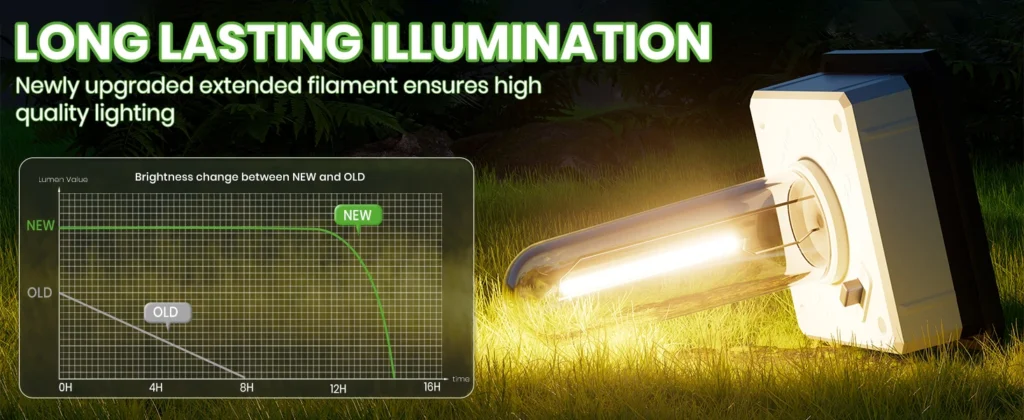
Installation Best Practices
- Panel Placement: Position solar panels in direct sunlight, avoiding shade from trees or buildings.
- Light Positioning: For solar floodlights, angle lights to cover the desired area. For motion sensor lights, align sensors to detect movement effectively.
- Height and Angle: Mount lights 2-4 meters high for optimal coverage and sensor range.
Maintenance Guidelines
- Clean Panels: Remove dust or debris from solar panels monthly to ensure efficient charging.
- Battery Checks: Inspect batteries annually for corrosion or capacity loss, replacing as needed.
- Sensor Calibration: For motion sensor lights, adjust sensitivity to avoid false triggers from pets or wind.
For high-quality installation accessories, consider solar lighting kits to streamline setup.
Cost and Longevity Analysis
Solar lighting is a long-term investment, with costs varying by type and features.
Initial Costs
- Solar Floodlights: $50-$150 for 500-2000 lumens, with higher costs for advanced features like remote control.
- Motion Sensor Lights: $30-$100 for similar lumen output, often cheaper due to smaller batteries and panels.
Longevity and ROI
- Lifespan: LEDs in both last 30,000-50,000 hours; batteries (LiFePO4) last 5-7 years with proper care.
- Return on Investment: Motion sensor lights offer faster ROI in low-traffic areas due to energy savings, while solar floodlights provide value where constant lighting is critical.
Emerging Trends in Solar Lighting
The solar lighting industry continues to evolve, introducing innovations that enhance both solar floodlights and motion sensor lights.
Smart Integration
- IoT Connectivity: Smart solar floodlights and motion sensor lights integrate with apps for remote control and scheduling.
- AI Sensors: Advanced motion sensor lights use AI to distinguish between humans, animals, and environmental triggers, reducing false activations.
Improved Efficiency
- Monocrystalline Panels: Higher efficiency (18-22%) compared to polycrystalline panels, improving charging in low-light conditions.
- Battery Advancements: LiFePO4 batteries offer longer lifespans and better performance in extreme temperatures.
Aesthetic Designs
Modern solar lighting combines functionality with sleek designs, blending seamlessly into landscapes or architectural settings.
Making the Right Choice
Choosing between solar floodlights and motion sensor lights hinges on your specific needs:
- Opt for Solar Floodlights if you need consistent, high-intensity illumination for safety, aesthetics, or commercial purposes.
- Choose Motion Sensor Lights for energy efficiency, security, and low-traffic areas where intermittent lighting suffices.
Decision Checklist
- Purpose: Is constant illumination or triggered lighting more suitable?
- Area Size: Does the space require wide coverage or targeted lighting?
- Energy Goals: Is minimizing energy use a priority?
- Budget: Are you prioritizing upfront cost or long-term savings?
For a curated selection of both options, visit solar lighting solutions to compare top models.
Conclusion
Solar floodlights and motion sensor lights offer distinct advantages in the realm of solar lighting. By evaluating your needs—whether for security, aesthetics, or energy efficiency—you can select the ideal solution. Solar floodlights excel in providing consistent, broad illumination, while motion sensor lights prioritize energy savings and targeted security. With advancements in technology and design, both options deliver reliable, eco-friendly performance for diverse applications.


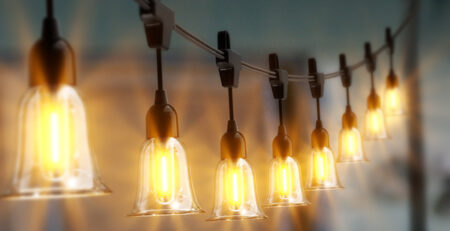
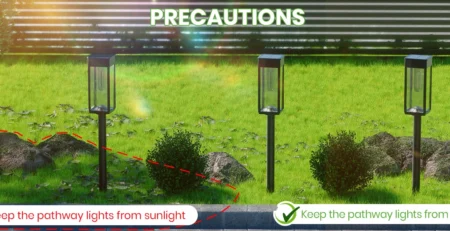
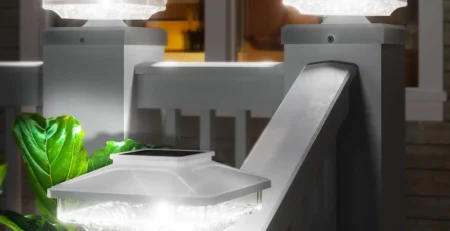



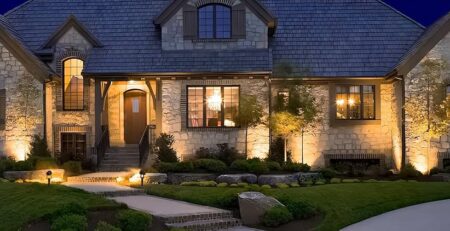
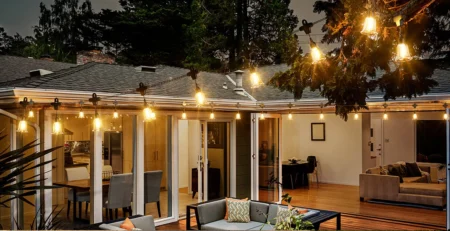
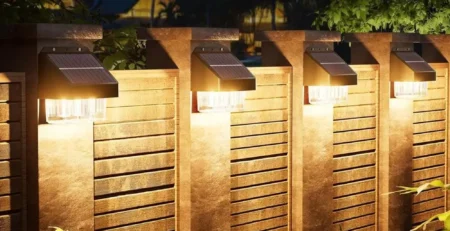
Leave a Reply